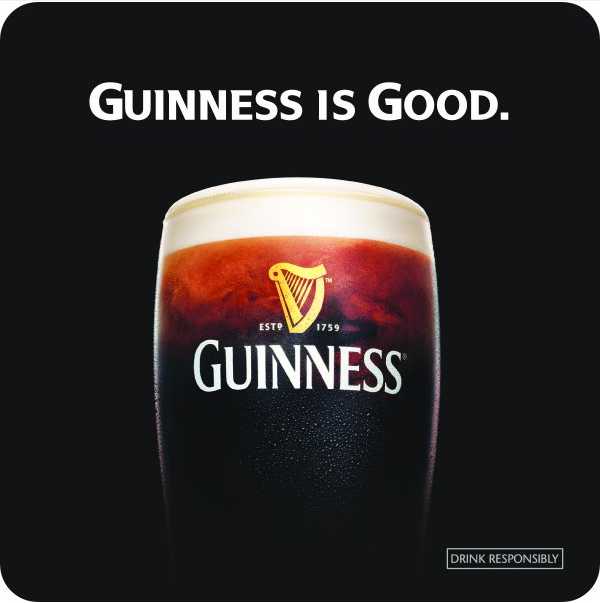Beer Coaster History 101
History of collecting beer coasters (Meet the Beermat)
Protecting wood tables from overflowing foam, drinks coasters are also an effective method for absorbing the condensation dripping down the sides of your beer stein. During the warm seasons and in hotter climates, coasters were originally just cut pieces of fabric material used to keep dirt and insects out of your cup.
The first custom coaster was a carboard punch-out manufactured by the printing company Friedrich Horn of Buckau Germany, producing a variety of illustrations, jokes and phrases printed on them. By 1892-3, the first wood pulp-board variety that we’re all familiar with today was first patented in Dresden Germany. Soon enough breweries started imprinting their own custom brand logos and personalized messages making them a great vehicle to advertise directly to consumers. By the early 1900’s, they began appearing in English pubs where they are more commonly known as “beer mats” or "drip mats", however in most countries they’re known simply as the beer coaster.
- Factoid 1: In 1920’s London, Watneys became the first brewery to produce coasters advertising their Pale Ale and Reids Stout.
 The art of collecting beer is referred to as “tegestology”. This 'absorbing' subject matter is serious stuff for some! Typically collectors will concentrate on specific criteria such as social or historical significance. The value of vintage coasters may be determined by several criteria including their physical condition, the type of design, and of course the engineering process used in their production at that time. There are also several books and guides including many Internet sources dedicated to the tegestologist. Notable member associations include the British Beermat Collectors Society, the International Collectors Association based in Germany and not one but TWO based in Australia.
The art of collecting beer is referred to as “tegestology”. This 'absorbing' subject matter is serious stuff for some! Typically collectors will concentrate on specific criteria such as social or historical significance. The value of vintage coasters may be determined by several criteria including their physical condition, the type of design, and of course the engineering process used in their production at that time. There are also several books and guides including many Internet sources dedicated to the tegestologist. Notable member associations include the British Beermat Collectors Society, the International Collectors Association based in Germany and not one but TWO based in Australia.
Whether you’re just a casual beverage coaster collector or a more serious tegestologist, the popularity of the beer mat is so much more than a drinks coaster, it's a little piece of brand and advertising history that anyone can own. Coasters are everywhere. At pubs, restaurants, weddings, parties, festivals, hotels… from the local brewery to your local antique shop. It was once reported that a single vintage drink coaster sold on eBay for nearly $1,500.
- Factoid 2: the Guinness Book of Records states that Leo Pisker of Langenzersdorf in Austria amassed a collection of over 150,000 different beer coasters from over 160 countries. For the record, as at 2009 the highest beermat tower measured 9.70 metres; the furthest throw was 125.5 feet (38.26 metres); and most mats "flipped" is 1000 in 45 seconds (in 25 piles of 40) by Dean Gould of Felixstowe in 1993. In 2010, Sven Goebel used over 300,000 coasters to create walls and furniture to create the largest “Beer mat house”. To claim the record, Goebel could not use any adhesives to hold the structure together.
 Today there are literally billions of drink coasters manufactured each year. Next to the billboard, coasters are probably one of the oldest traditional forms of advertising communication. Of course like billboards, not all drinks coasters are used for advertising products and services— non-profit groups often use them for public service announcements and government agencies also use them to communicate with the public.
Today there are literally billions of drink coasters manufactured each year. Next to the billboard, coasters are probably one of the oldest traditional forms of advertising communication. Of course like billboards, not all drinks coasters are used for advertising products and services— non-profit groups often use them for public service announcements and government agencies also use them to communicate with the public.
Fun Trivia: In a Czech beer house, the bartender will refill your glass every time you empty it until you place your beer coaster on top of your glass, signaling that you have had enough.
For more fascinating history of the Beer Coaster, visit Wiki: http://en.wikipedia.org/wiki/Beverage_coaster